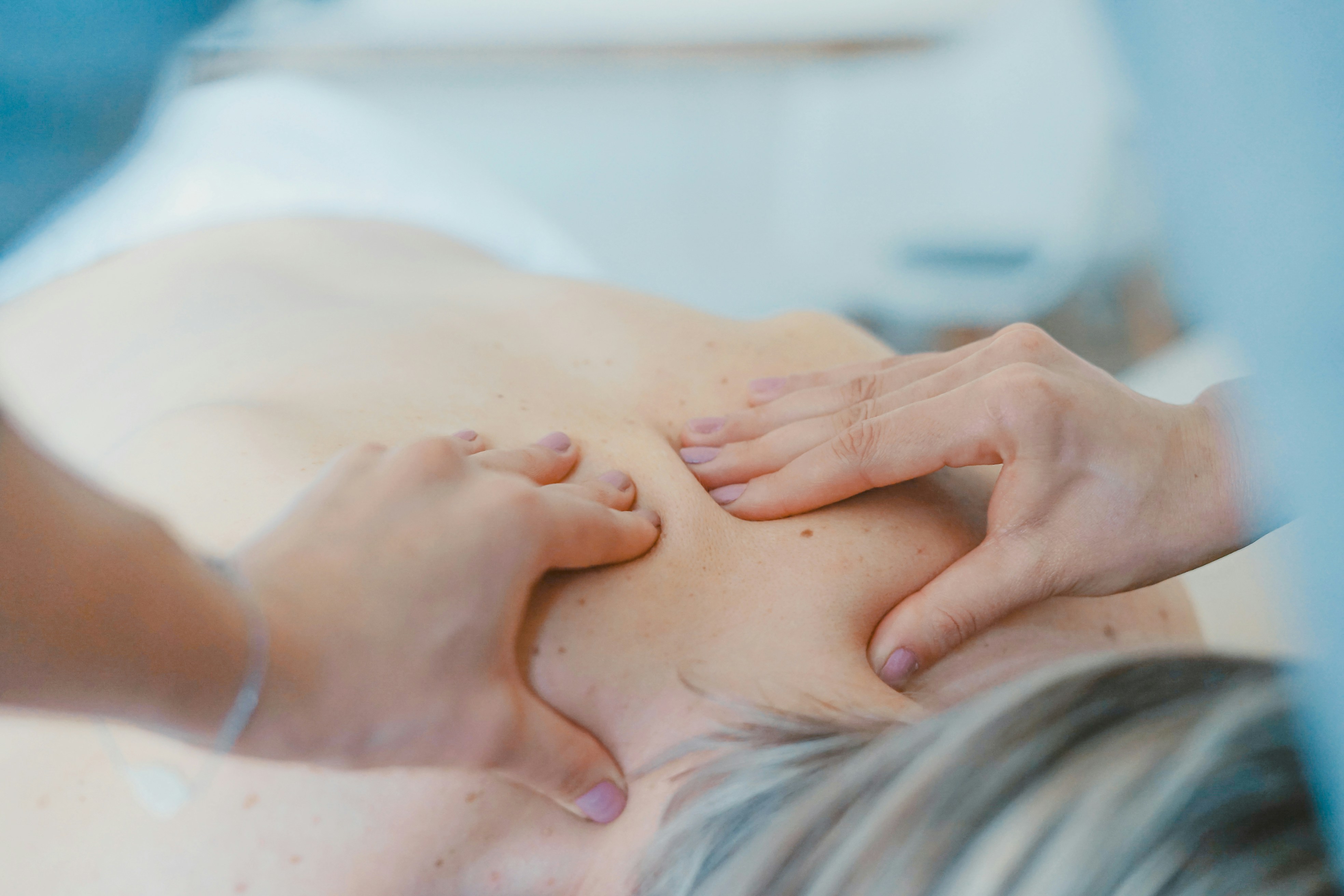Have you ever wondered why some people willingly plunge into icy waters, while others can’t fathom the very idea? You’re not alone. Cold water immersion has intrigued many, sparking curiosity about its physiological effects on the human body. Whether you’re considering dipping your toes or taking the full plunge, understanding what happens to your body as it interacts with frigid temperatures can be both fascinating and informative. Let’s walk through the intriguing world of cold water immersion and explore the physical changes your body undergoes in this chilling experience.
Embracing the Chill: What is Cold Water Immersion?
Cold water immersion, often associated with activities like winter swimming or cold baths, involves submerging yourself in water typically below 15 degrees Celsius (59 degrees Fahrenheit). This practice has gained popularity among athletes, wellness enthusiasts, and those seeking out new health frontiers. It’s hard to overlook the mix of science, challenge, and mystery that comes with it.
Historical Context: Where Does It All Begin?
Humans have long been fascinated by the power of cold water, utilizing it for rejuvenation and spiritual purification. From ancient Roman thermae to Finnish saunas followed by icy dips, history is rich with cultures that have embraced cold water as a path to vitality. Perhaps these cultural traditions planted the seeds for our modern-day intrigue.
Who Is Diving into this Practice?
Today, you’ll find people ranging from professional athletes to wellness seekers engaging in cold water immersion. Athletes use it as a recovery tool, reportedly benefiting from its anti-inflammatory properties. Wellness enthusiasts herald it for its purported mental health benefits, often discussing boosts in mood and resilience. Whatever the motivation, the practice attracts a broad audience captivated by potential benefits.
Chill Factor: Understanding the Physiological Responses
Your body is a marvel of adaptation. When exposed to the sudden shock of cold water, it activates a series of physiological responses as it strives to maintain homeostasis. Understanding these responses can deepen your appreciation of this awe-inspiring practice.
The Initial Shock: Vasoconstriction and Heart Rate
The moment you immerse yourself in cold water, your body reacts almost instantaneously. One of the first reactions is vasoconstriction. This process involves the narrowing of your blood vessels as your body works to retain core heat, diverting blood flow away from your extremities to vital organs. Your heart rate increases as a natural response, pushing blood to your core in an effort to maintain internal temperature.
Table: Immediate Physiological Responses
| Response | Description |
|---|---|
| Vasoconstriction | Narrowing of blood vessels to conserve body heat. |
| Heart Rate Increase | Heart pumps faster to circulate blood. |
| Cold Shock | The body’s reflex to rapid temperature drop, often causing hyperventilation. |
Cold Shock Response: Hyperventilation and Breath Control
Cold shock response is an immediate reaction that can easily take your breath away—quite literally. When your skin hits the cold water, you might experience an involuntary gasp and rapid breathing. It’s your body’s reflex to the sudden decrease in temperature. Learning to regulate your breath during this moment can actually help manage your body’s stress response.
Adaptation Over Time: How Your Body Adjusts
The initial shock of cold water can be overwhelming, but with regular exposure, your body begins to adapt. These adaptations are part of why people continue to practice cold water immersion.
Acclimatization: Reducing Shock Over Time
With frequent cold water exposure, your body’s response can gradually diminish. Those breathtaking gasps and extreme heart rate increases become less pronounced as your body becomes more efficient at managing the temperature change. This is known as acclimatization, a testament to your body’s remarkable ability to adapt to new conditions.
Metabolic and Endocrine Changes: Staying Warm from Within
Regular cold water immersion can also impact your metabolism. To generate internal heat, your body may increase its metabolic rate, encouraging the production of ‘brown fat,’ a type of fat tissue that generates heat. Additionally, there’s speculation about endocrine responses, including increased production of certain hormones like norepinephrine, which could play a role in mood enhancement and pain relief.
The Mental Game: Psychological Effects of Cold Water Immersion
Beyond the physical, there’s a compelling psychological component to cold water immersion. Many report feeling invigorated and euphoric following a cold plunge, which could be part of why this practice maintains its popularity.
The Role of Endorphins: Nature’s Mood Lifters
Cold water immersion might promote the release of endorphins, the body’s natural painkillers, and mood enhancers. These chemical messengers can lead to feelings of euphoria and well-being, making the experience not only tolerable but enjoyable for many.
Mental Toughness and Resilience: Sharpening Your Mind
Choosing to step into icy waters builds mental resilience. It’s a deliberate decision to confront discomfort, which can translate into a heightened ability to handle stress in other areas of life. Over time, you might find that regular cold water exposure fosters a sense of mental toughness, empowering you to tackle challenges with greater resolve.
Stress Reduction and Clarity: The After-Effects
Post-immersion, many experience a sense of mental clarity and reduced stress. The immersion may act as a reset button, momentarily shifting focus away from life’s worries and onto the immediate challenge at hand. This can provide a unique form of meditation in motion, leaving you feeling refreshed and refocused afterward.
The Possible Health Benefits: Beyond the Chill
Although anecdotal accounts of cold water immersion extol numerous benefits, scientific research continues to decipher its true impact on health.
Inflammation Reduction and Recovery: Aiding Athletic Performance
Cold water immersion is often touted for its anti-inflammatory effects, which can aid in muscle recovery after intense exercise. By constricting blood vessels and reducing swelling, the practice may help speed up recovery time, making it a favored tool among athletes seeking to maximize performance.
Strengthening the Immune System: The Body’s Defense
Some studies suggest that regular exposure to cold water might have a positive influence on your immune system. The theory posits that the stress of cold water could bolster immune defenses over time, potentially reducing the frequency of colds and other minor ailments.
Circulation Boost: Invigorating Blood Flow
By alternating between vasoconstriction in cold exposure and vasodilation when you warm up afterward, the practice may enhance circulation. This is similar to how contrast therapy works, where the movement of blood in and out of extremities promotes overall vascular health.
The Risks: Understanding the Potential Dangers
With any therapeutic practice comes consideration of its risks, and cold water immersion is no exception. Understanding these risks is vital before you decide to take the plunge.
Hypothermia: Facing the Danger of Extreme Cold
Prolonged exposure to cold water can lead to hypothermia, a dangerous drop in body temperature. It’s crucial to listen to your body, stay aware of how long you’ve been in cold water, and recognize the early signs of hypothermia such as uncontrollable shivering, confusion, or exhaustion.
Cardiac Risks: The Heart’s Response
For those with preexisting cardiac conditions, the shock of cold water immersion can pose risks. The sudden increase in heart rate and blood pressure might strain the heart and could be unsafe without proper medical advice.
Safe Practicing: How to Immerse Safely
If you’re curious about trying cold water immersion, safety should always come first. Start slow, gradually increasing your exposure over time, and ensure you never embark on the experience alone. Warm up sufficiently afterward, and consult with a healthcare provider if you have any particular health concerns.

Embracing the Experience: Tips for Beginners
If the concept of cold water immersion piques your interest, starting on the right foot ensures a positive and safe adventure into the chill.
Gradual Exposure: Taking Baby Steps
Beginnings are important. Start with shorter durations in comfortably cool water before working your way up to colder and longer durations. This gradual approach allows your body to properly acclimate to the new stimulus.
Breath Work: Mastering Calm in the Chill
Focus on controlled breathing as you initially enter the cold water. Practice slow and steady breaths to mitigate the shock response and maintain control over your body’s instinctive reactions.
Community Spirit: Joining Others on the Journey
Sometimes embarking on this chilly journey with others can boost motivation and spread the positivity found in the shared experience. Look for local groups or communities that share an interest in cold water immersion.
Reflecting on the Chill: Why Do You Do It?
Exploring the physiological effects of cold water immersion reveals a captivating narrative of human resilience, adaptability, and the quest for wellness. With a nuanced understanding of what unfolds as you step into icy waters, you might find new purpose in embracing the cold. Whether you are inspired by potential health benefits, psychological rewards, or just the thrill of the experience, the choice to explore cold water immersion becomes a personal journey. So, what draws you to the chill? What stories and sensations can this practice unlock for you?





